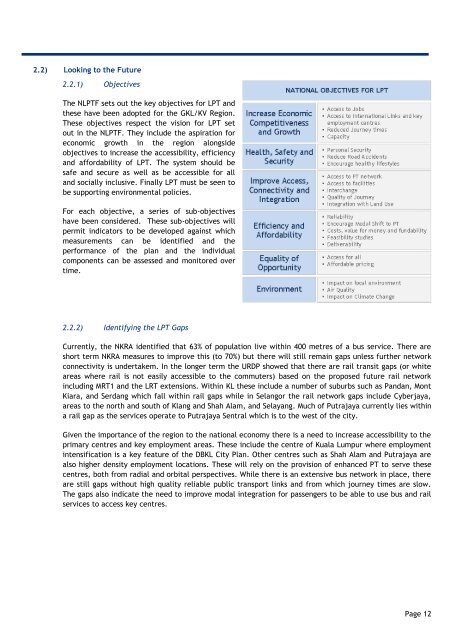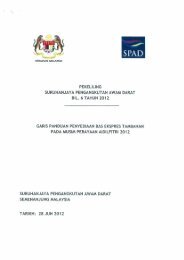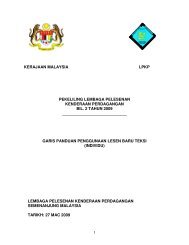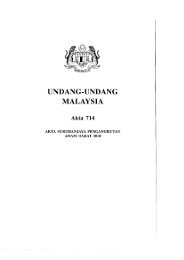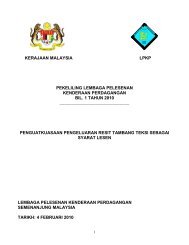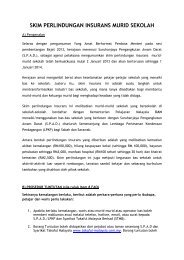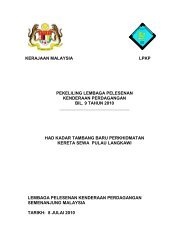Executive Summary - SPAD
Executive Summary - SPAD
Executive Summary - SPAD
You also want an ePaper? Increase the reach of your titles
YUMPU automatically turns print PDFs into web optimized ePapers that Google loves.
2.2) Looking to the Future<br />
2.2.1) Objectives<br />
The NLPTF sets out the key objectives for LPT and<br />
these have been adopted for the GKL/KV Region.<br />
These objectives respect the vision for LPT set<br />
out in the NLPTF. They include the aspiration for<br />
economic growth in the region alongside<br />
objectives to increase the accessibility, efficiency<br />
and affordability of LPT. The system should be<br />
safe and secure as well as be accessible for all<br />
and socially inclusive. Finally LPT must be seen to<br />
be supporting environmental policies.<br />
For each objective, a series of sub-objectives<br />
have been considered. These sub-objectives will<br />
permit indicators to be developed against which<br />
measurements can be identified and the<br />
performance of the plan and the individual<br />
components can be assessed and monitored over<br />
time.<br />
2.2.2) Identifying the LPT Gaps<br />
Currently, the NKRA identified that 63% of population live within 400 metres of a bus service. There are<br />
short term NKRA measures to improve this (to 70%) but there will still remain gaps unless further network<br />
connectivity is undertakem. In the longer term the URDP showed that there are rail transit gaps (or white<br />
areas where rail is not easily accessible to the commuters) based on the proposed future rail network<br />
including MRT1 and the LRT extensions. Within KL these include a number of suburbs such as Pandan, Mont<br />
Kiara, and Serdang which fall within rail gaps while in Selangor the rail network gaps include Cyberjaya,<br />
areas to the north and south of Klang and Shah Alam, and Selayang. Much of Putrajaya currently lies within<br />
a rail gap as the services operate to Putrajaya Sentral which is to the west of the city.<br />
Given the importance of the region to the national economy there is a need to increase accessibility to the<br />
primary centres and key employment areas. These include the centre of Kuala Lumpur where employment<br />
intensification is a key feature of the DBKL City Plan. Other centres such as Shah Alam and Putrajaya are<br />
also higher density employment locations. These will rely on the provision of enhanced PT to serve these<br />
centres, both from radial and orbital perspectives. While there is an extensive bus network in place, there<br />
are still gaps without high quality reliable public transport links and from which journey times are slow.<br />
The gaps also indicate the need to improve modal integration for passengers to be able to use bus and rail<br />
services to access key centres.<br />
Page 12


